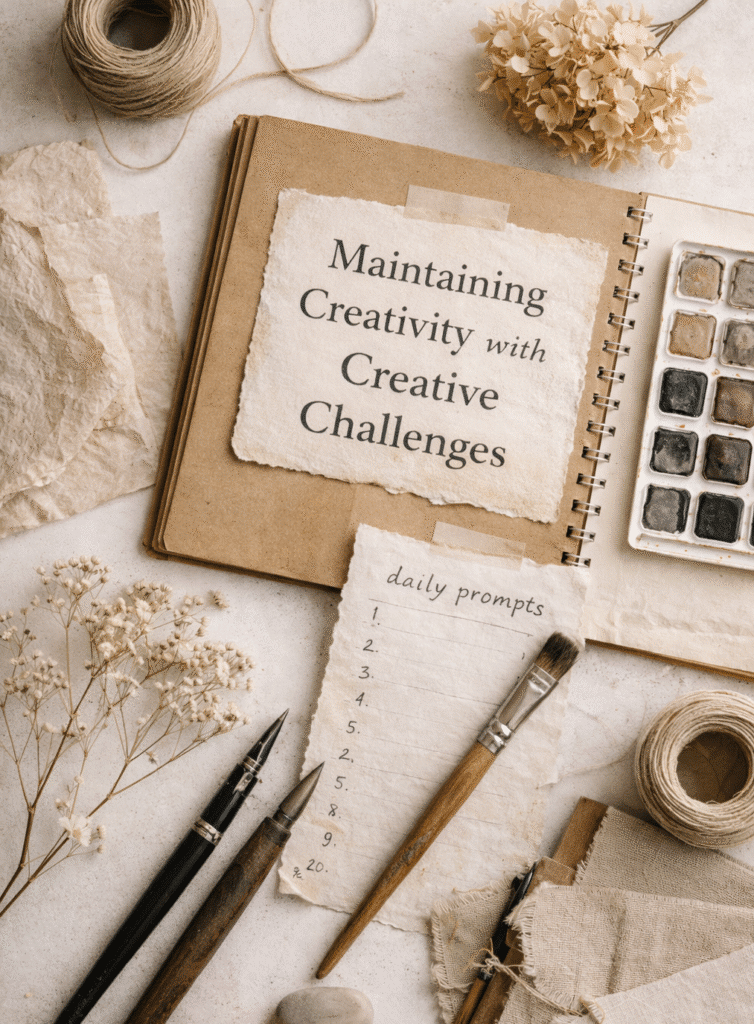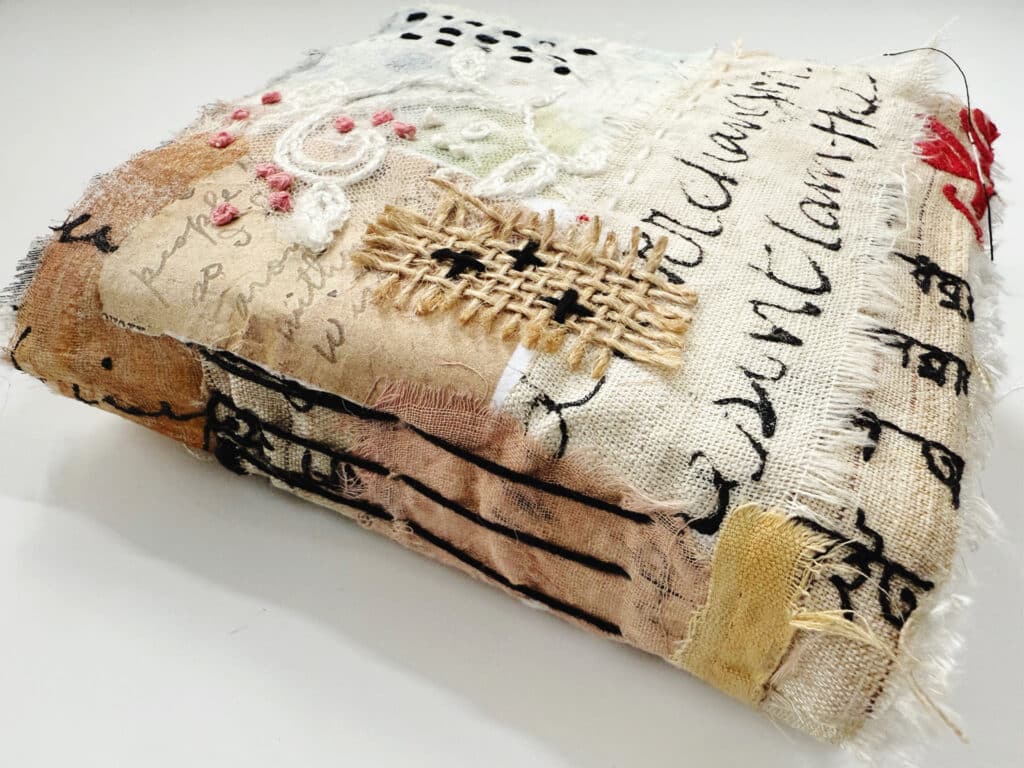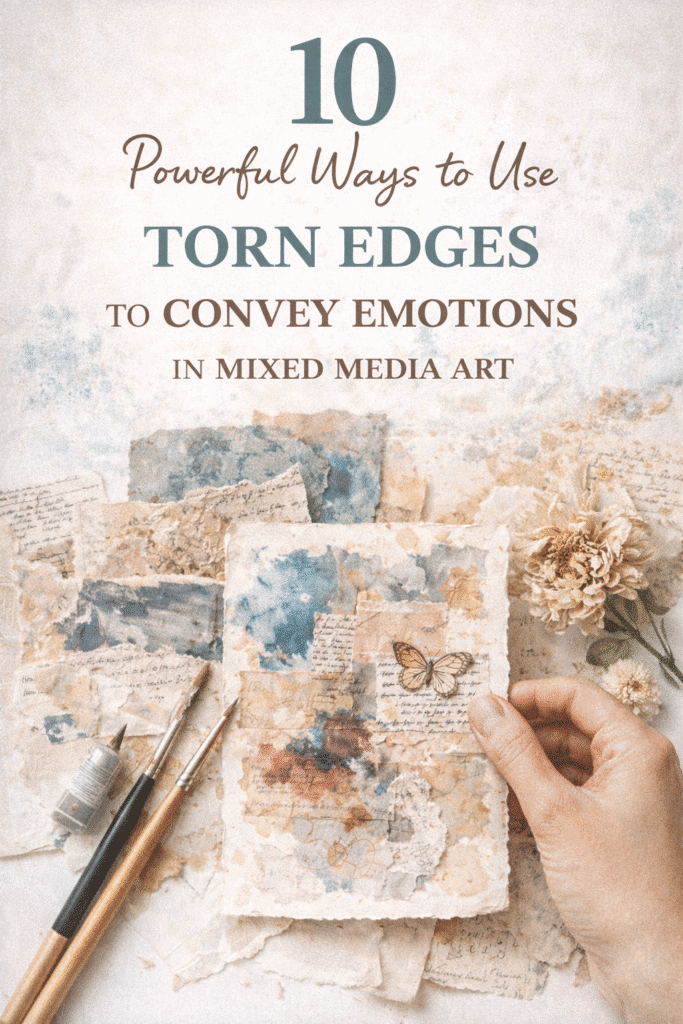When we start our creative practice journey, the prospect of limitless freedom can be both exciting and overwhelming. Without structure or boundaries, we might find ourselves paralyzed by choice, unsure of where to begin. How can we keep our creativity flowing and make progress in our art? The answer might seem counter-intuitive, but it involves setting self-imposed restrictions to foster creativity and growth.
The Challenge of Unlimited Freedom
Total freedom in art can often lead to creative paralysis. With endless possibilities, it’s easy to become overwhelmed by choices. We might have a range of interests—flowers, landscapes, abstracts, portraits—and end up not pursuing any of them due to the sheer volume of options. This is where setting restrictions or limitations can be incredibly powerful.
The Power of Constraints
Restrictions are not meant to stifle creativity but to channel it. By setting specific rules or boundaries, we create a framework within which we can explore and innovate. For instance, having a course assignment or project guidelines helps us focus our efforts and reduce the anxiety of infinite possibilities. The same principle applies when we set our own creative challenges.
Implementing Creative Limitations
We can take control of our creativity by setting personal challenges. Here are some ideas:
Single Medium Challenge: Restrict yourself to a single medium, such as acrylics, watercolors, or charcoal, for a set period. This constraint can deepen your understanding of the medium and push you to discover new techniques and effects within its limitations.
Color Palette Restrictions: Choose a limited color palette of just a few colors and create all your artwork using only those hues. This exercise encourages you to explore color mixing and develop a cohesive style.
Size Constraints: Work on a series of pieces using a very specific size format, such as 5×7 inches or 12×12 inches. Limiting the size can challenge you to think differently about composition and scale.
Subject Matter Focus: Concentrate on a single subject or theme for a period of time, like portraits, landscapes, or abstract forms. This restriction can lead to deeper exploration and new insights into the chosen subject.
Unconventional Tools: Challenge yourself by using non-traditional tools for creating art. For example, use a kitchen sponge, a cardboard box, or even your fingers instead of standard brushes. This limitation encourages us to explore different textures and techniques, helping us discover new ways to express our creativity.
Technique Exploration: Commit to using only one technique or tool for a set period. For example, create all your artwork using only palette knives or only stencils. This focus can help refine your skills and uncover new creative possibilities.
Time Constraints: Set a strict time limit for each artwork, such as 30 minutes or one hour. Working within time constraints forces you to make quick decisions and can lead to spontaneous and dynamic results.
Monochromatic Work: Create artwork using only shades of one color. This limitation helps you explore depth, contrast, and texture without the distraction of multiple colors.
Non-Traditional Tools: Use unconventional tools or materials, such as old credit cards, sponges, or even natural objects like leaves and sticks, instead of traditional brushes or applicators. This can inspire novel approaches and effects.
Text-Based Art: Incorporate text or typography as the central element in your work. Restrict your focus to creating artwork that primarily uses words or letters to convey meaning.
The key is to create small, manageable challenges that encourage us to experiment and take risks within set parameters. This approach not only stimulates creativity but also helps us learn and grow as artists.
Learning from Limitations
When we impose restrictions on ourselves, we often find that tight constraints can lead to surprising levels of creativity. By working within specific boundaries, we open ourselves up to new ways of thinking and exploring. These constraints force us to be resourceful and innovative, leading to unique artistic expressions that we might not have discovered otherwise. This experience proves that creativity thrives within limits, encouraging us to make the most of the resources and ideas we have.
Embracing Your Unique Voice
It’s easy to feel like everything has already been done and question whether we have anything new to contribute. However, each of us possesses a unique artistic voice shaped by our personal experiences and perspectives. The diversity of artwork we see in various settings shows that everyone has something valuable to offer. Our individuality ensures that our creations will be distinctly our own. If we don’t take the opportunity to express our unique perspectives, they will remain unshared, and that’s a loss for both us and the world.
Conclusion
Embracing limitations can be a powerful way to stimulate creativity and push our artistic boundaries. By setting personal challenges and working within constraints, we not only overcome the paralysis of unlimited freedom but also discover new ways to express ourselves. So, take on today’s assignment with an open mind and see how restrictions can lead to exciting and unexpected artistic discoveries. Carry this practice forward, and let it be a tool for ongoing growth and creativity in your art.





